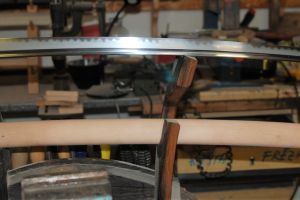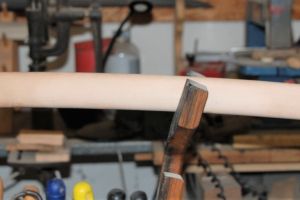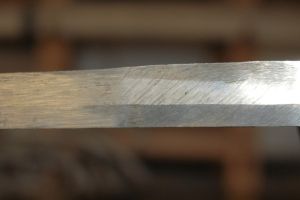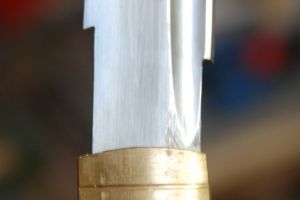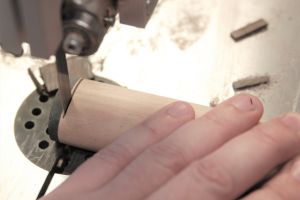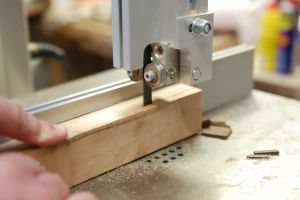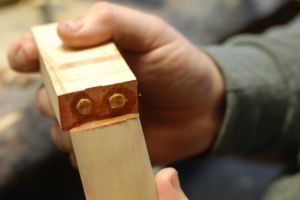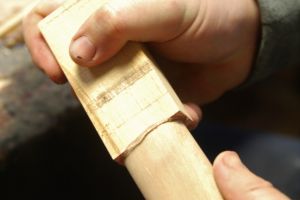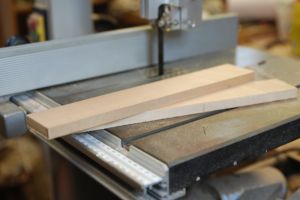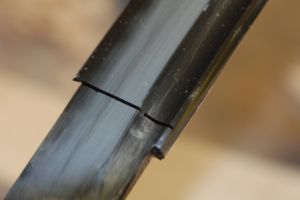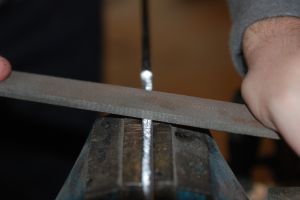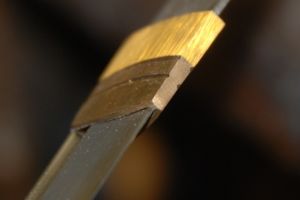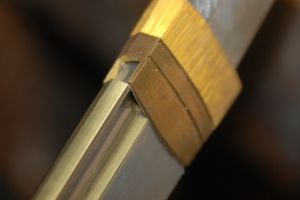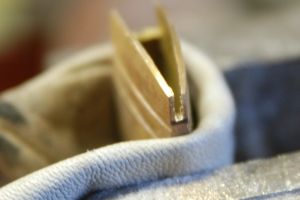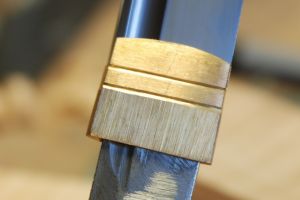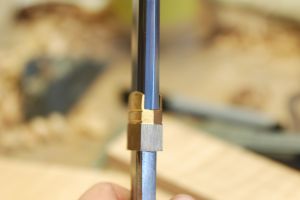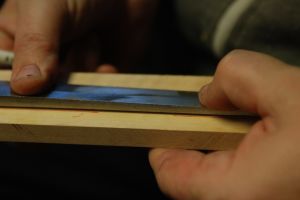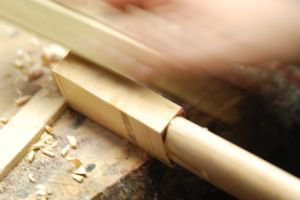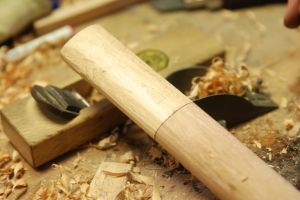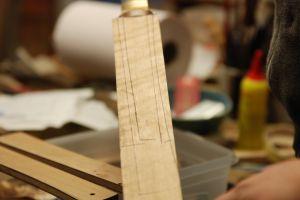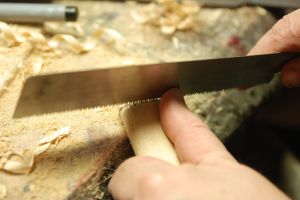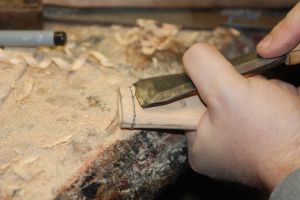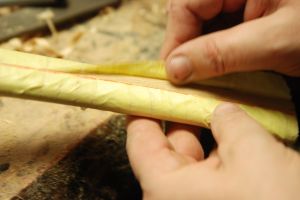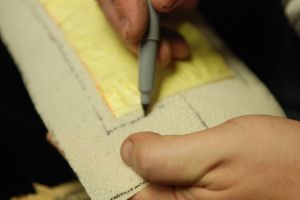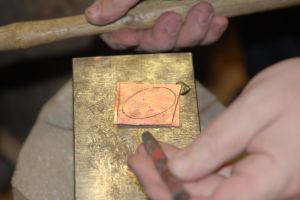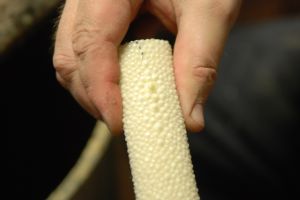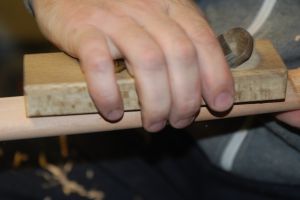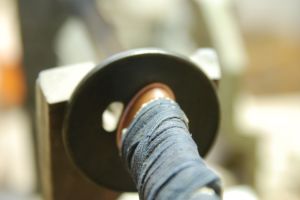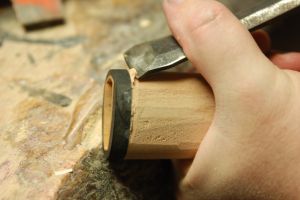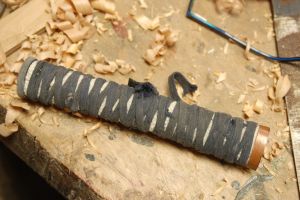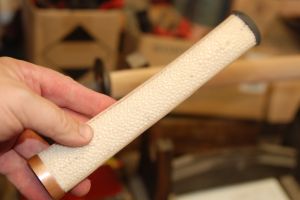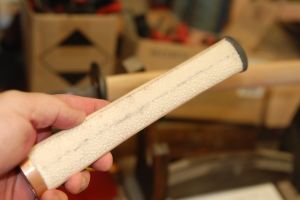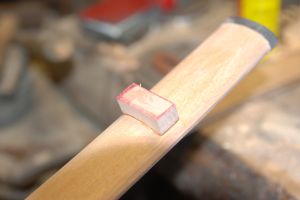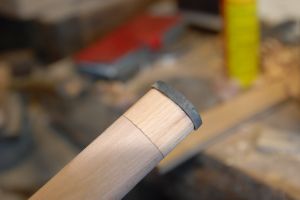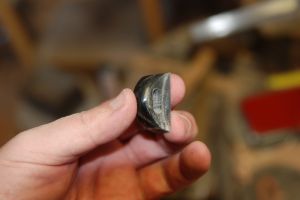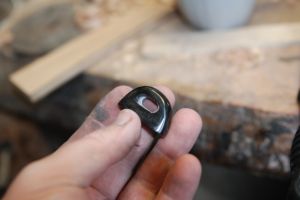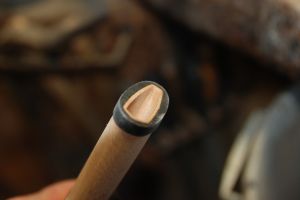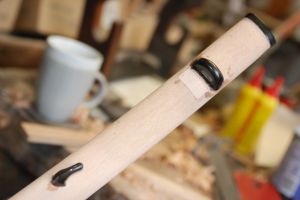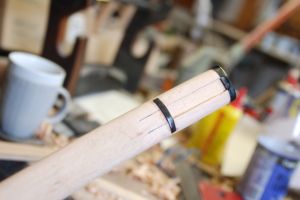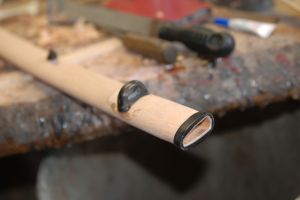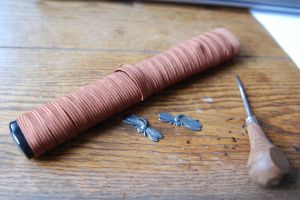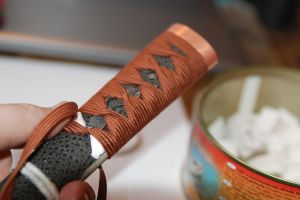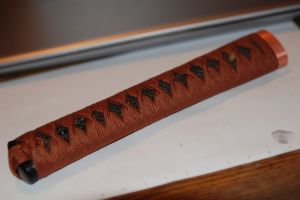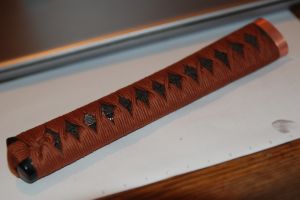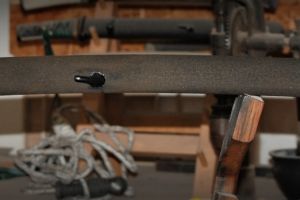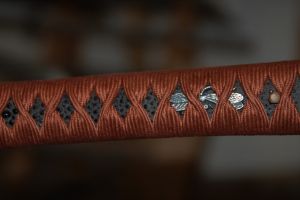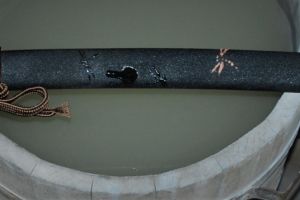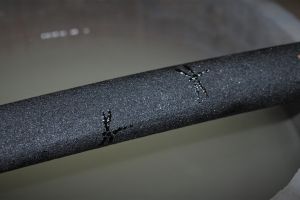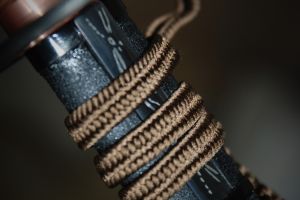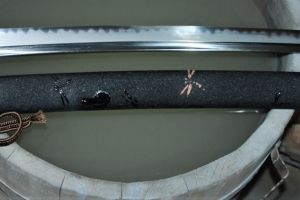A remake of a Chinese-made sword
Pavel Bolf
I do not intend to engage in similar projects in the future. However, I have recently seen some remakes of Chinese swords of very poor craftsmanship indeed, presented as expert sword work. Therefore, I decided to purchase one such piece, redesign it, and publish the process and the result. I find it inappropriate that the result of altering a sword by a "specialist" would be significantly inferior to a Chinese-made sword in its original design, and then someone would want to pay for it, as if it were a quality custom job. This project will hopefully allow potential buyers of similar alterations to study what minimum standard of workmanship they should demand.
Thanks for possibly sharing and spreading the content amongst swordsmiths.
As for the remake presented by me. It took about 12 hours. Technically it is the fastest and cheapest possible processing option. The purchased blade (price approx. 5 500 CZK) was fitted with habaki and had a scabbard without lacquer fitted with horn parts. This accessory was usable for further processing.
Blade
Shape passable, too long thorn. I shortened it by about 7cm and adjusted its shape a bit. The hamachi fitting was crooked and was significantly offset behind the menemachi. Correctly they are opposite each other. This was probably due to a missing notch in the underside of the hamachi for the hamachi. So I adjusted both mounts to the correct shape and position opposite each other. I cut a notch in the habaki for the blade.
Saya
It was a little short. Only about 2cm longer than the blade. I cut off the end of the kojiri and set the saya with a piece of alder wood. The joint was on a tenon and glued with epoxy glue. The kurigata was at a greater distance than the correct placement. So I removed it, and filled the hollow after it with wood. I used a planer to slim the scabbard down considerably and correct its shape a bit. After adjusting the shape, I seated the kurigata at the correct distance from the koiguchi. After adjusting the length of the saya, I placed the kojiri back on its end. The only part that remained basically unchanged was the koiguchi. After sanding the scabbard, painting it followed. In addition, the kaerizuno component was attached. A recess for the kogatana was also made on the ura side of the scabbard. It is only stylized (the pocket for the blade of the knife is not finished) and a horn-like kozuka insert is glued in the back of the fold. It serves only an aesthetic function. At the request of my son, for whom the sword is intended, the saya was decorated with a dragonfly motif.
Tsuka
Tsuka was not included in the set purchased. Therefore it was made new, including all parts. The rhino leather is around the entire wooden core, varnished. The braid used was plain cotton. (Namikawa heibei co.ltd.) It is as important as the other parts of the sugata sword. Basic shape. It's not a bad idea to study the correct hilt shape. For the braid, ashigami paper padding is used as a backing for proper shape and function. Their correct use ensures not only a nice shape of the braid, but also its functionality. For a new sword, the braid should be properly filled, with a regular pattern and clean. I was surprised to see braids on newly braided swords dirty and damaged, as if after several years of use. End knots have their own rules, and it doesn't hurt to keep them nice, simply put.
Tsuba
I used a previously made simple katsushi style tsuba.
Seppa
I made the seppa washers from copper sheet and adjusted their shape to the circumference of the koiguchi and fuchi. Since the habaki is brass, it would have been preferable for the seppa to be made of brass sheet as well.
Result
The blade is about 72cm long (without habaki). This is not much, it could be a few cm (3-5cm) longer and even wider. However, it is quite usable as an Iaito. As a sword for cutting mats I would prefer a blade without grooves. As an Iaito it is a comfortable sword.
I worked on the set for two afternoons and a bit with my son. It was a lot of fun, though quite beyond the level of swordsmanship I usually engage in. The result is a usable, functional kit in a simple but clean design.
I think this should be the minimum standard for craftsmen engaged in such remodels. Chinese makers are now offering swords in fairly solidly crafted sets. Then if the result of the "swordmaker's" offered and paid-for modifications of a sword is significantly worse than the original design, it is a disgrace to the craftsman in question. Poorly made, grubby and tarnished hilt braids on such work are hard for me to understand.
